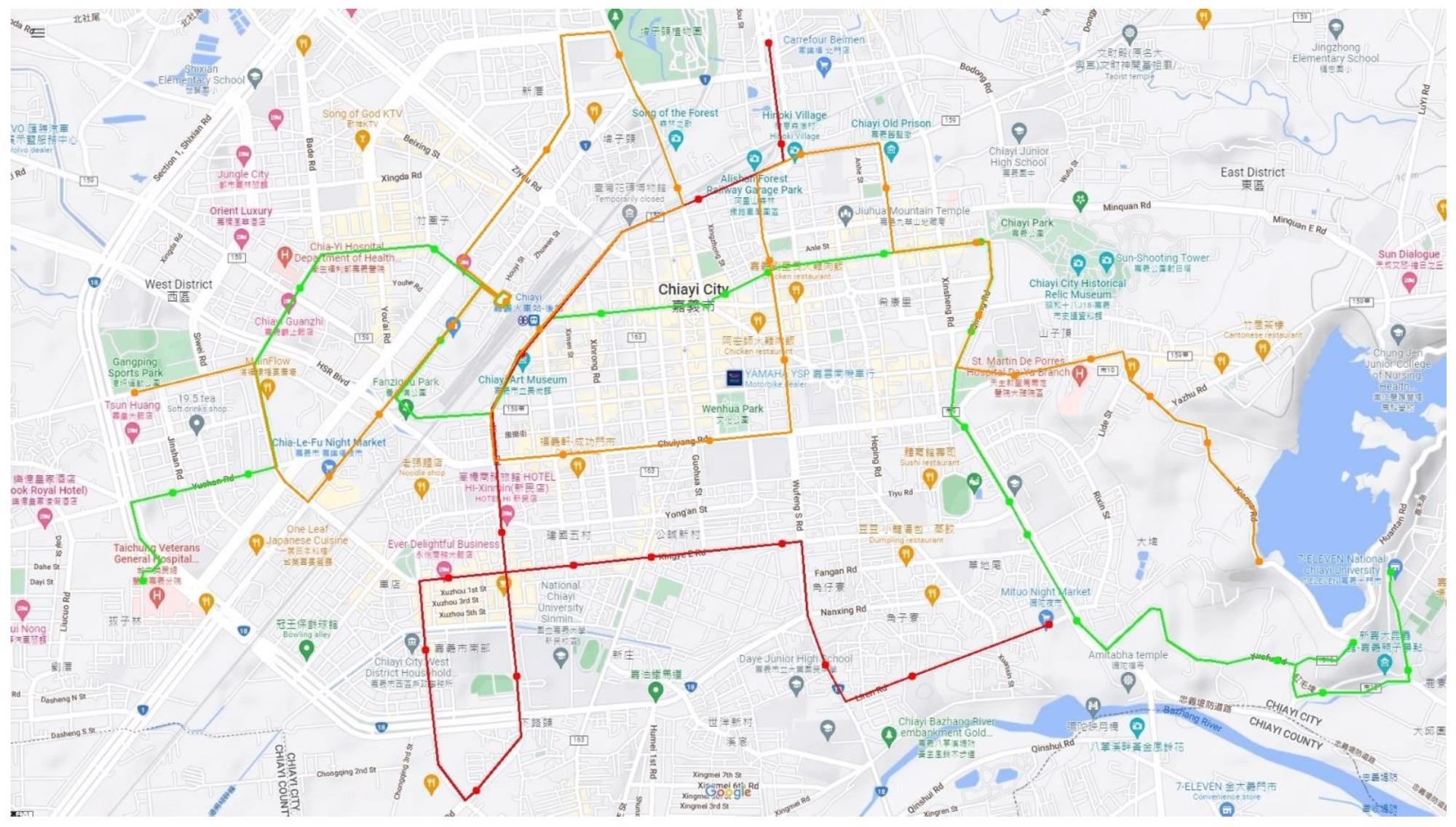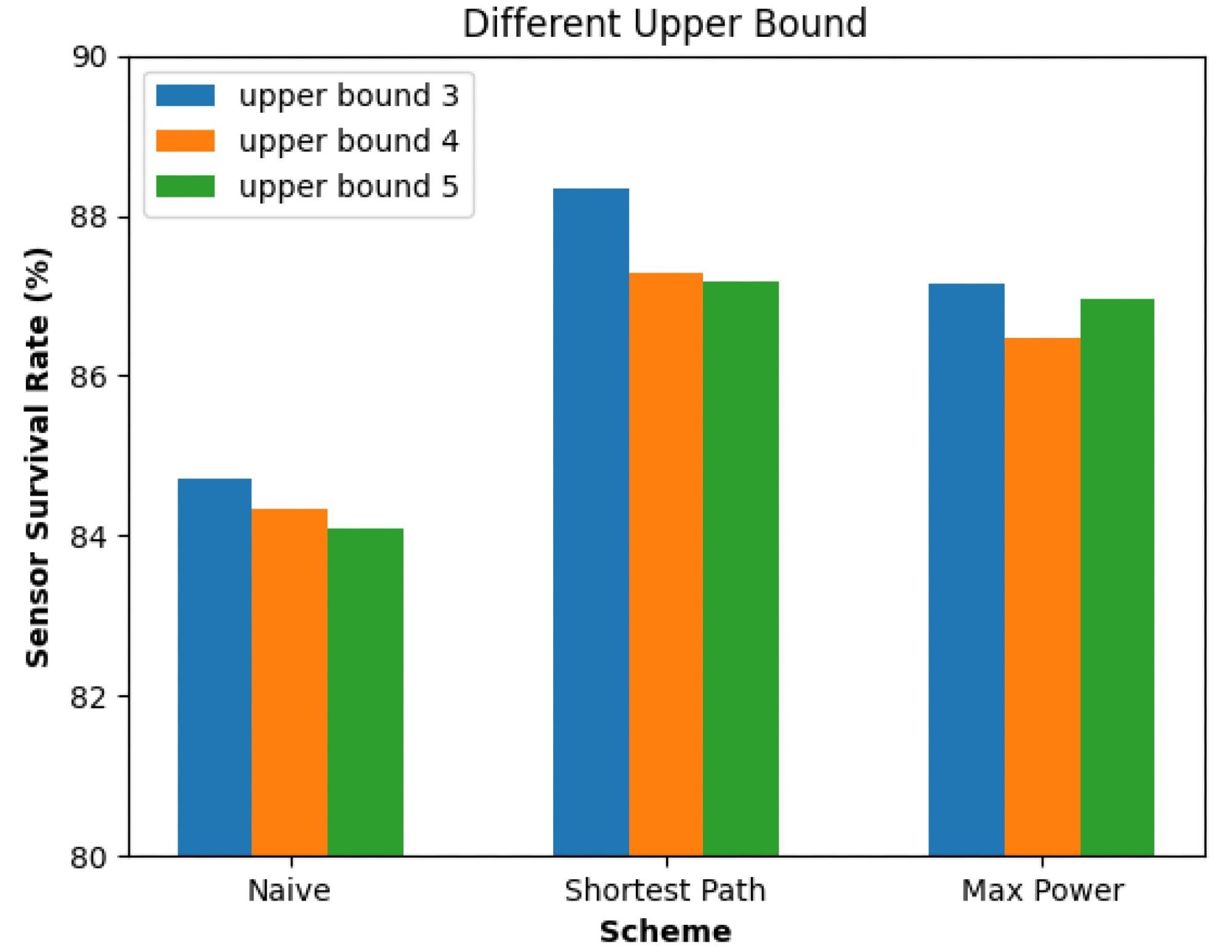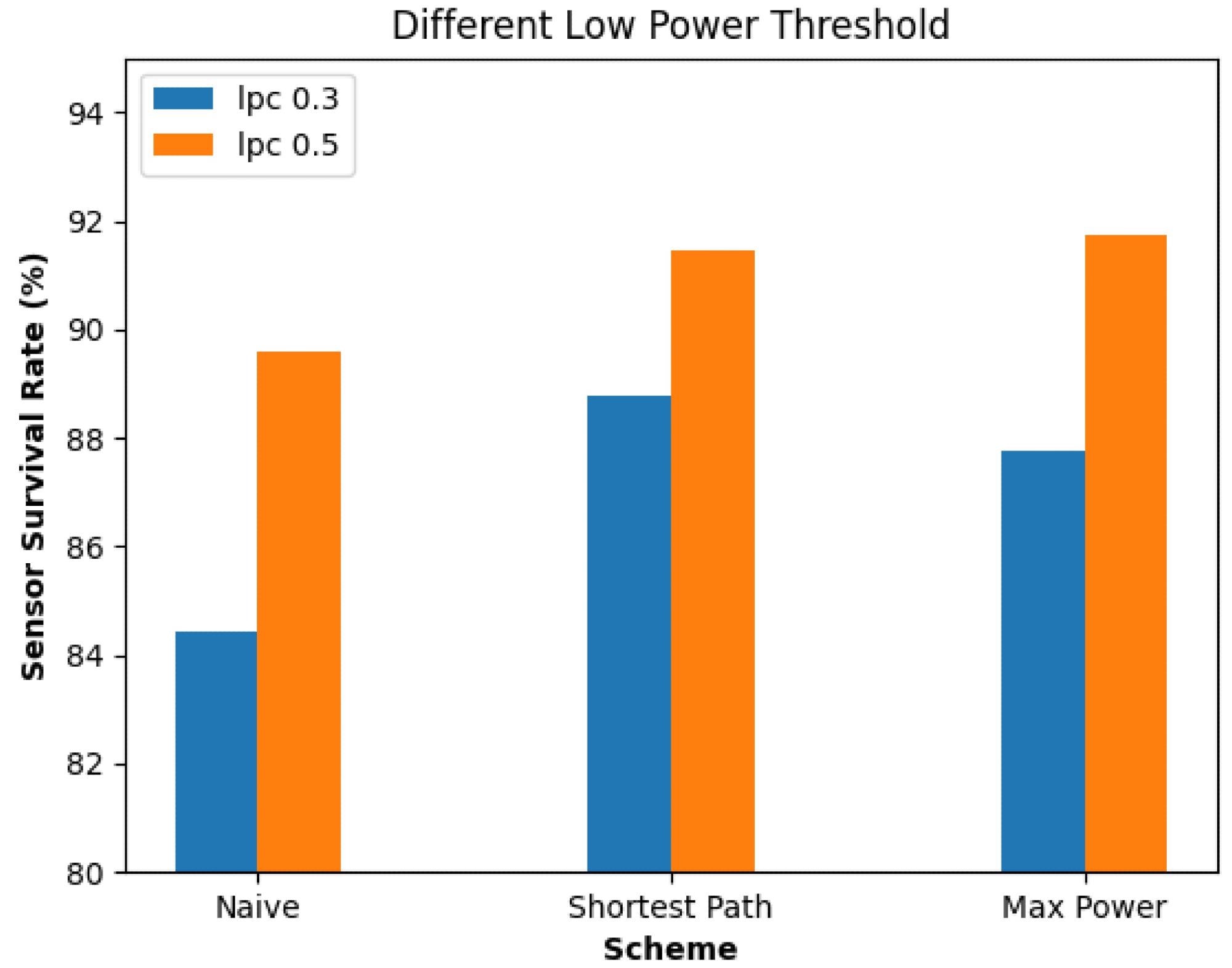Researchers from National Chiayi University in Taiwan have developed a novel UAV-based charging system for city-wide sensor networks utilizing an urban public transport system. The study has been published this week in the journal Electronics and has implications for the future development of smart cities.

Study: A Novel Unmanned Aerial Vehicle Charging Scheme for Wireless Rechargeable Sensor Networks in an Urban Bus System. Image Credit: STOP_WAR/Shutterstock.com
Wireless Rechargeable Sensor Networks
Wireless rechargeable sensor networks (WRSNs) are a key technology in the development of the smart cities of the future. These systems used renewable energy or self-charging capabilities to provide power for various innovative applications in traffic and environmental monitoring.

Bus routes in Chiayi city. Image Credit: Lin, T-L et al., Electronics
A novel solution to provide power for these networks is the use of wireless charging with UAVs. This solution enables the continuous deployment of WRSNs to otherwise inaccessible locations and reduces maintenance needs for continuous wireless charging networks.
This approach is, however, limited by current technologies. UAVs have a limited battery life which causes the need to return to their base stations periodically to recharge. Furthermore, battery capacity limitations in these devices hinder their ability to provide ample charge to sensor networks over a large area.
Improving UAV-based Wireless Charging Systems Via a Unique Approach: Urban Buses
Recently, there has been significant research focus on improving the ability of wireless UV-based charging systems for sensor networks, with some innovative approaches applied. One of these innovative approaches is the use of urban bus networks.
Studies have developed network architectures and frameworks which improve city-scale points of interest monitoring using UAVS. UAVs are selected and periodically recharged on public transport, and then the vehicle is used to travel to the point of interest.
Such a system can use bus schedules, the location of points of interest, arrival times, and energy threshold information to provide a continuous and reliable system for monitoring points of interest using UAVs. Other studies have proposed using drone scheduling to provide constant UAV charging. This system requires efficient energy transfer between the bus system, UAV, and WRSN.

Impact of different upper bounds of the number of UAVs on the survival rate of sensors. Image Credit: Lin, T-L et al., Electronics
The main advantage of using public transportation is its wide coverage within urban areas. Constant charging of UAVS is facilitated, and they do not require extended travel time to reach WRSNs. This overcomes the battery life and charging issues that other proposed UAV charging systems face. The UAV can charge on the bus and fly to sensors once fully charged. Furthermore, bus schedules are highly reliable and consistent. However, designing a reliable and comprehensive system is challenging.
The Study
The study published in the journal Electronics has proposed a novel bus system-assisted UAV charging system for the efficient and reliable monitoring of WRSNs. The energy needed for efficient UAV operation is supplemented by the bus, and the flight energy consumption is minimized. A comprehensive network is achieved using this system, comprising sensors flight segments flight between sensors in the city-wide WRSN network and bus route segments.
The paper makes several contributions to the development of this technology. Firstly, a coordinated system between bus schedules and UAVs has been developed. Secondly, charging algorithms have been designed using real-world bus information and urban maps to improve the recharging of UAVs and power supply to sensors.
Thirdly, the authors compared three strategies for the proposed system (naïve, shortest path, max power.) The naïve charging strategy is the least efficient but simplest of the three. Sensor survival rate is 3.2% lower using this strategy.
Another feature of the scheme is its adjustment of bus frequency based on how many sensors there are along the route the bus travels to provide optimal power supply to sensors in the network and thus extend network lifetime.

Impact of different lpc values on the survival rate of sensors. Image Credit: Lin, T-L et al., Electronics
The authors have noted that, currently, there are regulations that govern the safe operation of UAVs in urban areas, but the scope of the study does not consider them. Additionally, the study does not consider the issue of inter-UAV communication. Another limitation is the assumption of fixed UAV landing points, which undermines the creation of a flexible system. The authors have stated that both mobile landing points and the inter-communication issue could be investigated in future studies.
In summary, the authors have developed a novel wireless charging system for city-wide smart sensor networks that takes advantage of a ubiquitous feature of urban living: the public transportation system. By identifying the optimal charging strategy for the system, and incorporating real-world public transport route information, the authors have introduced a highly efficient and reliable unmanned aerial vehicle charging technology that has the potential for use in future smart cities.
Further Reading
Lin, T-L et al. (2022) A Novel Unmanned Aerial Vehicle Charging Scheme for Wireless Rechargeable Sensor Networks in an Urban Bus System Electronics 11(9) 1464 [online] mdpi.com. Available at: https://www.mdpi.com/2079-9292/11/9/1464
Disclaimer: The views expressed here are those of the author expressed in their private capacity and do not necessarily represent the views of AZoM.com Limited T/A AZoNetwork the owner and operator of this website. This disclaimer forms part of the Terms and conditions of use of this website.